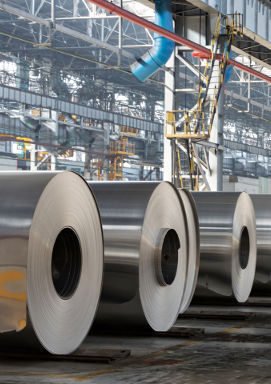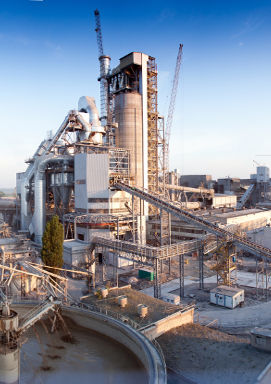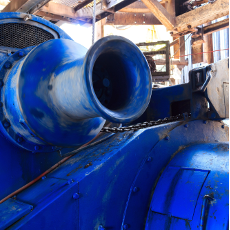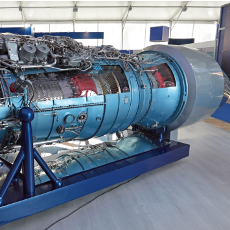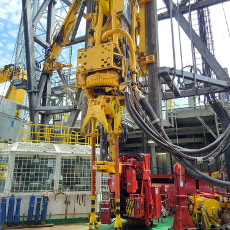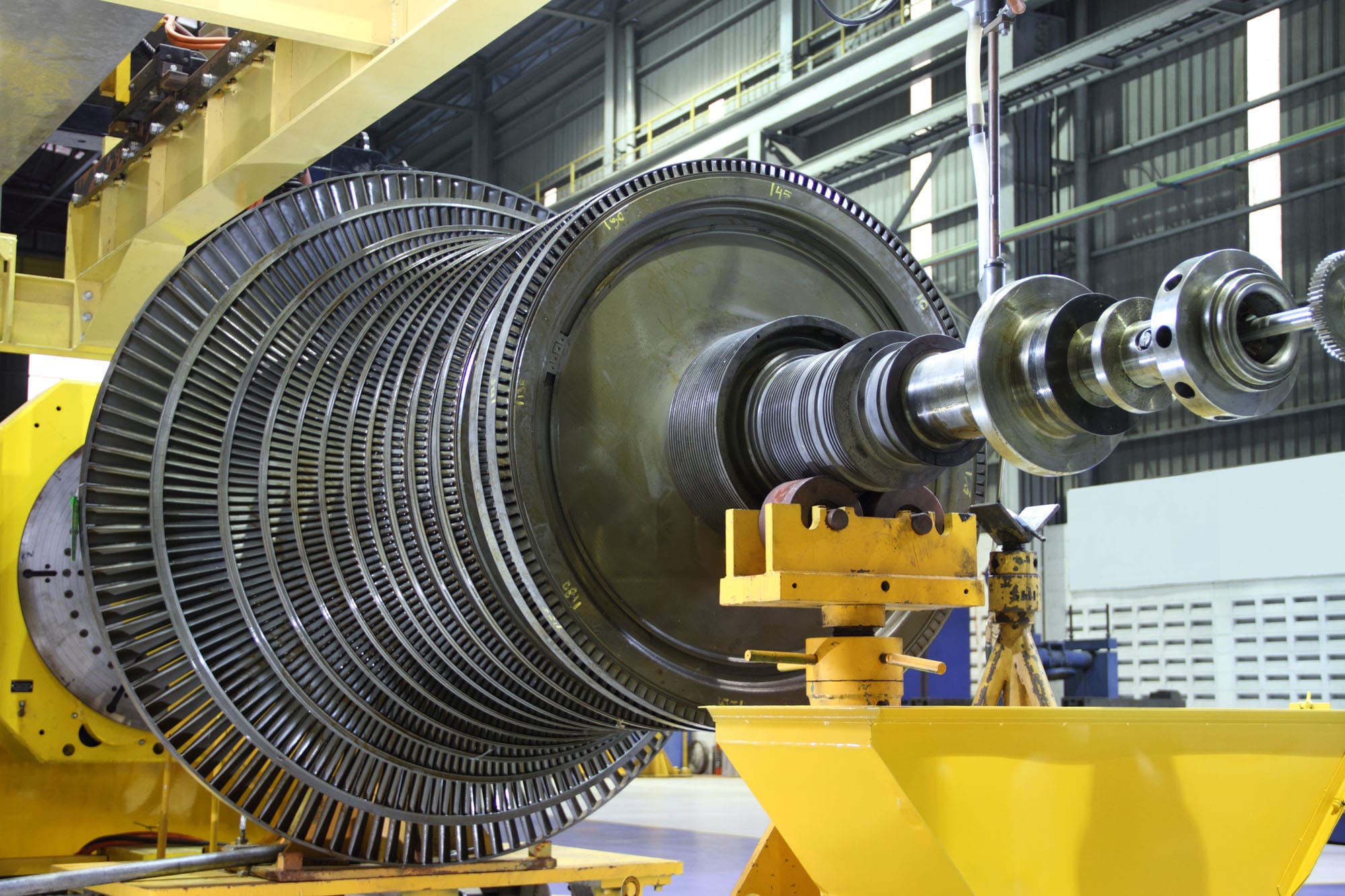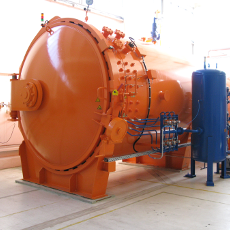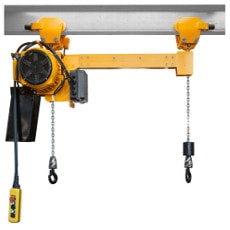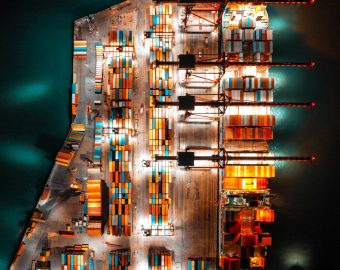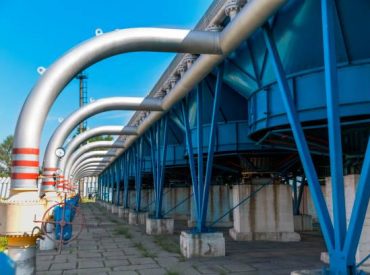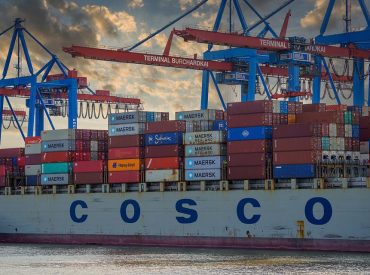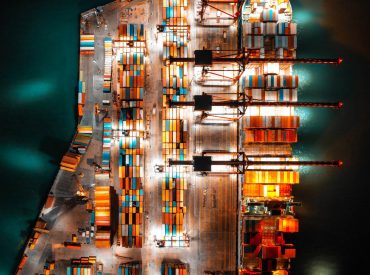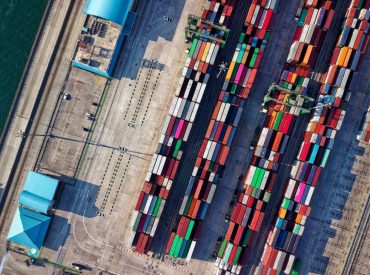We take immense pride in unveiling our latest masterpiece – our digital brochure. Packed with insights, expertise, and solutions that can transform your business, it’s a must-have resource for industry leaders and enthusiasts alike. Ready to explore a world of possibilities? Don’t miss out. Download our brochure today and embark on a journey of excellence with Refteck.
Key Supply Chain Initiatives to Adopt in the Next 5 Years
The supply chain industry is growing rapidly because of new technologies, innovation, and the right strategies followed by organisations.
Today, everything has become digitised. This is why organisations want to make the best use of them, and for that, they need to reapproach their innovations both effectively and efficiently.
Since rapid technological advancements are pushing companies to strive for more, no matter what, this further leads to the risk of digital threats for organisations that have not updated their infrastructure. With so much to do at hand, companies might not be able to keep up with the changes.
This is why we are here to give you information on the various key supply chain initiatives that you can implement, as they will become more popular in the upcoming years.
So, let's get started!

Key Supply Chain Trends to Look for in the Next 5 Years
Choosing the right technologies to be implemented in the future is crucial for companies looking to enhance the resilience of their supply chains. Supply chain technology providers need to remain innovative in a rapidly evolving market.
Here is a list of some effective and popular supply chain trends to look for in the next 5 years:
Artificial Intelligence and Automation:
Embracing artificial intelligence (AI) and automation will continue to be a part of the supply chain industry. These AI-powered systems will continue to help businesses improve their operations by streamlining processes, optimising inventory management, and increasing overall efficiency. By using advanced algorithms and machine learning, organisations can better predict demand, improve resource planning, and lower costs. Additionally, implementing robotics and automation in warehouses and distribution centres will result in quicker order processing, fewer mistakes, and happier customers.Environmental Sustainability:
Sustainability can never go away, no matter what business or year you are in. In fact, with rising environmental pollution and circumstances, more and more businesses will take this line. Today and in the coming years, organisations will look to seek ways to lessen their environmental footprint and adopt sustainable practices, such as using renewable energy, implementing energy-efficient technologies, and reducing waste. Organisations are prioritising ethical sourcing by making sure their suppliers adhere to ethical standards, such as avoiding child labour and unethical practices.Supply Chain as a Service (SCAAS):
With so much to do as a part of a business organisation, handling everything internally becomes impossible and may cause time and energy waste. This is why the concept of SCaaS is trending in the market. This key initiative will get more coverage in the coming years as it allows you to outsource your supply chain operations to an outsider or third-party solution provider. SCaaS allows organisations to focus on other important tasks while leaving supply chain management in the hands of third-party solution providers like Refteck. It also allows them to make use of modern and innovative technology, which they are not even aware of, with no investment.Blockchain Technology:
The supply chain and logistics industries are expected to greatly increase their use of blockchain technology in the coming years. Blockchain's decentralised and secure nature will improve transparency, traceability, and security in the supply chain. By utilising this technology, businesses can create an unmatchable record of transactions, guaranteeing the authenticity of products and reducing the risk of fraud. Moreover, implementing smart or digitised contracts will foster better relationships between suppliers, thereby reducing administrative costs.Real-time Execution:
The majority of supply chain leaders want to reduce the time between making a decision and implementing it, but only about half of them can currently execute those decisions in real-time. This lack of real-time execution can result in slow reactions to changing conditions. Real-time, whether in the long term or the short term, is still advantageous as it is not widely adopted, and many organisations struggle with using low-level technology. It is predicted that within the next three to five years, only half of the top-performing supply chains will fully implement real-time decision execution.Digital Supply Chain Twins:
Creating digital twins of physical supply chains allows companies to simulate and optimise their operations in real-time. By testing different scenarios, potential bottlenecks can be identified and addressed before they become a problem. This trend of the digital supply chain will continue to be a part of the supply chain by recreating processes in a digital environment, providing decision-makers with up-to-date information from IoT devices. While the investment in creating a digital supply chain twin is significant, the benefits extend beyond supply chain management to various industries worldwide.Circular Supply Chain:
The circular supply chain is gaining popularity as more companies recognise the importance of recycling raw materials and products and integrating them back into the manufacturing cycle. This approach not only promotes sustainability but also offers significant economic advantages for businesses. By cutting down on storage, transportation and administrative expenses, organisations can save money and improve their overall efficiency. Moreover, by utilising appropriate technological advancements, you can easily track and monitor the status of your materials and products instantly.Data Visibility:
Having full visibility of data within supply chains allows them to have a competitive edge over others who do not have this level of insight. Since the majority of the companies are not leveraging and utilising data proactively, this makes them lose see and view data to monitor their stock, efficiently handle inventory, reduce costs related to transport and storage, and enhance customer service. Moreover, as technology advances, cybercriminals find more ways to exploit weaknesses in systems. Organisations that do not adapt and improve their security measures are essentially allowing cybercriminals to access their data, especially through their supplier networks, easily. To combat this, companies need to prioritise data security and utilise it effectively to stay competitive and handle complex situations in the coming years.
Final Thoughts
By implementing these initiatives, organisations can create a more effective, robust, and sustainable supply chain process. Since new technologies and new trends are emerging every day, you must make rising use of them with the help of a reliable partner like Refteck, who can help you learn how to get better equipped to thrive in the competitive landscape.
Get in touch with our experts and learn how we set up organisations for long-term success and business growth.
















